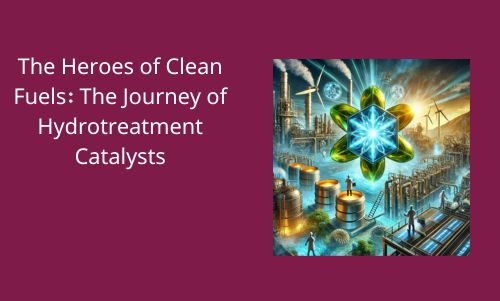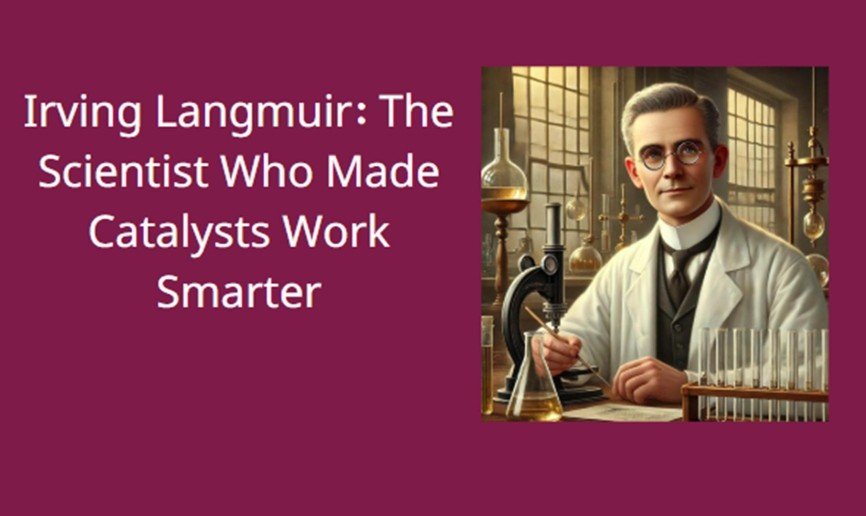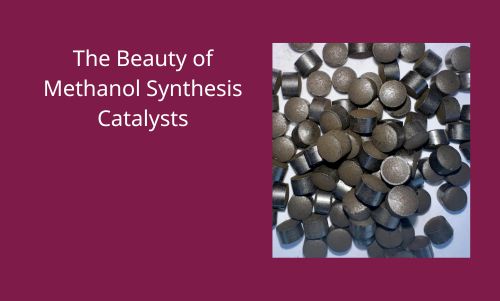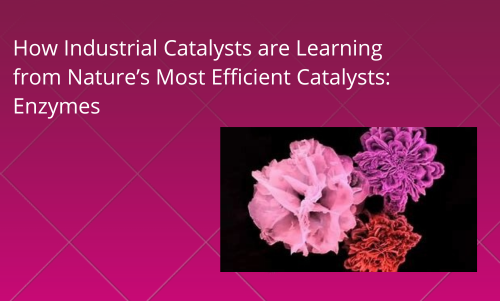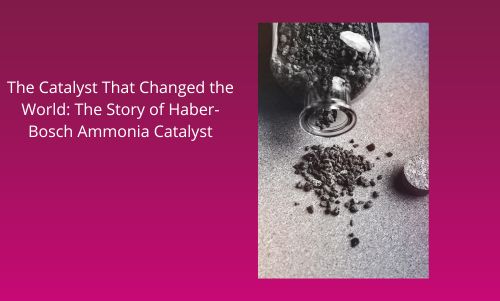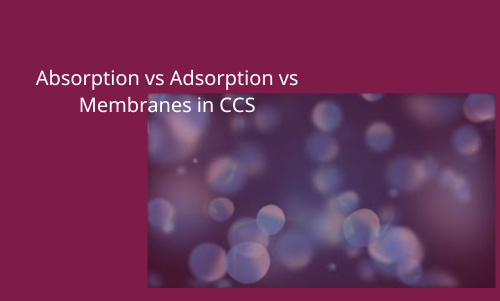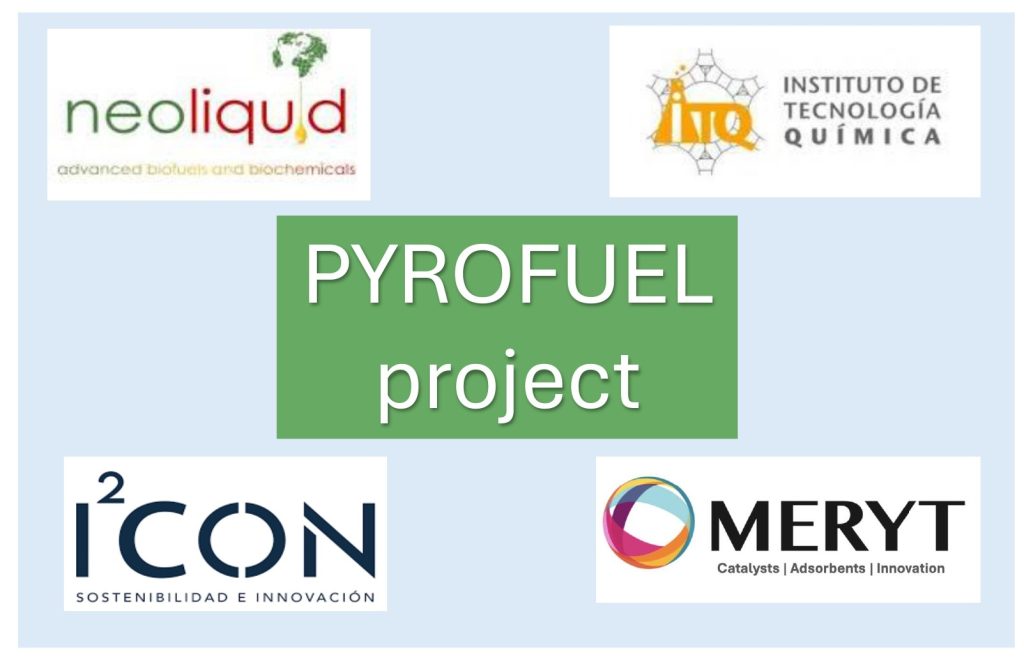The evolution of hydrotreatment catalysts has been pivotal in transforming the fuel industry, shifting it from high-sulfur to ultra-low sulfur products. This technological journey not only showcases remarkable advancements in catalyst design but also reflects the industry’s commitment to environmental sustainability and cleaner energy.
In this article, we will explore how hydrotreatment catalysts have evolved over the decades, playing a key role in shaping the fuels we use today and enabling industries to meet increasingly stringent environmental regulations.
The Birth of Hydrotreatment Technology: 1940s–1950s
In the 1940s, the refining industry faced a significant challenge: high sulfur content in fuels. Sulfur in gasoline and diesel led to catalyst poisoning in downstream refining processes such as catalytic reforming, as well as contributing to corrosion in engines and pipelines. The solution emerged with the development of hydrotreatment — a catalytic process designed to remove sulfur from petroleum products.
The earliest hydrotreatment catalysts were based on nickel-molybdenum (NiMo) systems, typically supported on alumina (Al₂O₃) carriers. These catalysts worked by promoting the hydrodesulfurization (HDS) reaction, which converted sulfur compounds in the fuel into hydrogen sulfide (H₂S), allowing the sulfur to be separated from the fuel. At this stage, fuel sulfur content could often reach 2–3%, and the primary goal was to improve fuel quality and prevent corrosion, rather than to meet modern environmental standards.
ExxonMobil (formerly Standard Oil) was one of the first companies to adopt hydrotreatment technology, using Nickel-Molybdenum catalysts in the early 1950s at their New Jersey refinery. This refinery was among the first to implement hydrodesulfurization for gasoline desulfurization, significantly reducing sulfur content and enhancing the performance of downstream processes like catalytic reforming.
At that time, sulfur content in gasoline was typically 2-3%, and the early catalysts were capable of removing approximately 30-50% of sulfur, marking a significant improvement over untreated fuels.
Environmental Concerns and Technological Advancements: 1970s–1980s
By the 1970s, environmental awareness was rising, with air pollution and the formation of acid rain from sulfur dioxide (SO₂) emissions becoming a serious concern. Governments worldwide introduced stricter sulfur regulations, driving further innovation in hydrotreatment catalysts.
During this era, cobalt-molybdenum (CoMo) catalysts emerged as an important technology for gasoline desulfurization, and nickel-molybdenum (NiMo) catalysts continued to evolve for diesel desulfurization. These catalysts were optimized to perform under higher hydrogen-to-oil ratios and increased pressure to achieve deeper sulfur removal.
By the late 1970s, refineries were capable of removing over 80% of sulfur from fuels, reducing sulfur content to approximately 0.5–1.0% in gasoline and 1.0–1.5% in diesel. This marked a significant step forward, but ultra-low sulfur levels still seemed far out of reach, especially with growing environmental regulations.
The Ultra-Low Sulfur Diesel (ULSD) Revolution: 2000s and Beyond
The introduction of Ultra-Low Sulfur Diesel (ULSD) standards in the 2000s marked a major turning point in fuel production. The regulations required a dramatic reduction in sulfur content, mandating levels of <10 ppm for diesel fuel — a massive leap from the previous standards. Achieving this required groundbreaking advancements in catalyst technology, reactor design, and process optimization.
By this time, hydrotreatment catalysts had become much more sophisticated. A major breakthrough was the ability to efficiently remove refractory sulfur compounds like dibenzothiophenes (DBTs), which were more resistant to desulfurization due to their complex molecular structures. New catalyst innovations included:
- Enhanced metal dispersion to improve active site availability and reaction efficiency.
- Mesoporous alumina supports that increased surface area and promoted better catalyst performance.
- Promoters, such as phosphorus, were added to enhance hydrogenation activity and optimize sulfur removal rates.
By the time ULSD regulations were fully implemented, refineries were using NiMo and CoMo catalysts capable of removing 99% of sulfur from diesel fuel, reducing sulfur content to less than 10 ppm. This revolutionized diesel fuel production, achieving sulfur levels well below previous industry standards. In fact, diesel sulfur content was reduced from over 500–2000 ppm to under 10 ppm.
The Present Day: Biofuels and Sustainability
Today, hydrotreatment catalysts continue to be essential not only in the production of Ultra-Low Sulfur Diesel (ULSD) but also in the processing of renewable fuels. As the global demand for biofuels increases, hydrotreatment catalysts have been adapted to process feedstocks such as vegetable oils and animal fats, which often contain impurities and oxygenates that present unique challenges.
The development of hydrodeoxygenation (HDO) catalysts, designed to remove oxygenates from biofuels, is one of the key innovations for renewable diesel production. These catalysts are optimized for low hydrogen consumption and high selectivity, ensuring that biofuels meet the strict sulfur standards required by today’s market.
As the industry continues to evolve, multi-functional catalysts are being developed that combine hydrodesulfurization (HDS), hydrodenitrogenation (HDN), and hydrodeoxygenation (HDO) capabilities in a single system. These catalysts are designed to process the growing complexity of feedstocks, while still meeting increasingly stringent fuel quality and emission standards.
In summary,the journey from high-sulfur fuels to Ultra-Low Sulfur Fuels (ULSF) is a testament to the refining industry’s innovation and adaptability. Hydrotreatment catalysts have been integral in this evolution, enabling refineries to meet environmental regulations and improve the quality of the fuels we rely on.
The continued importance of these catalysts cannot be overstated, as they play a central role in both traditional refining processes and the transition to renewable fuels. As environmental regulations continue to tighten and the demand for cleaner energy grows, the future of hydrotreatment catalysts will be defined by continuous innovation, particularly in the development of multi-functional catalysts capable of handling complex feedstocks from both fossil and renewable sources.

